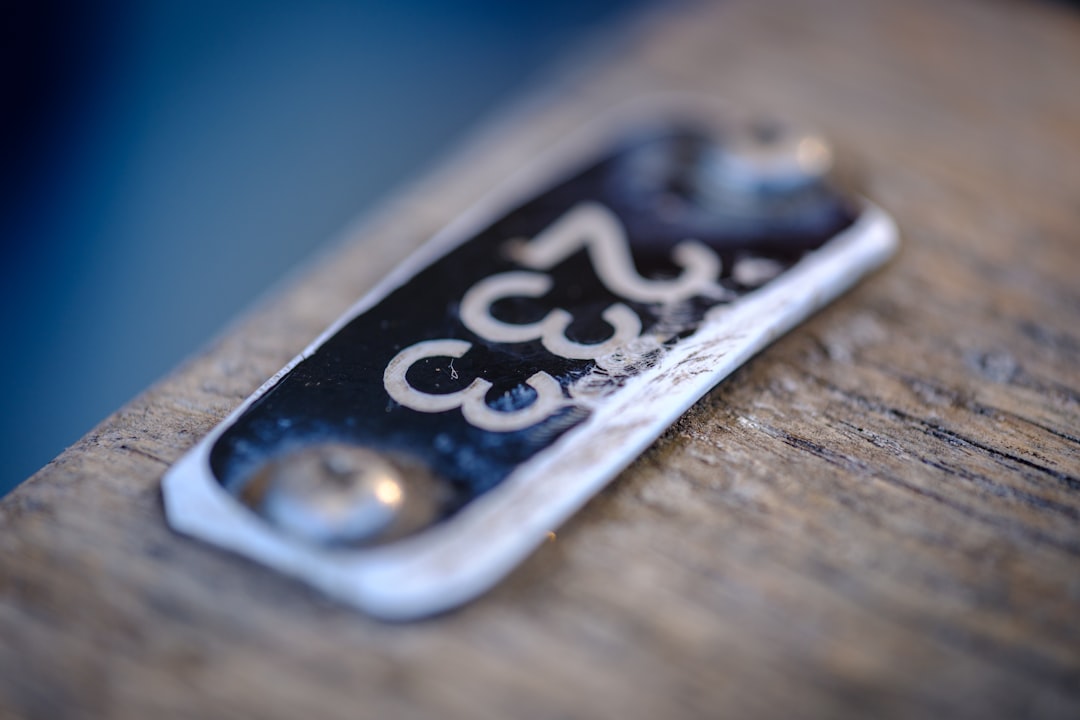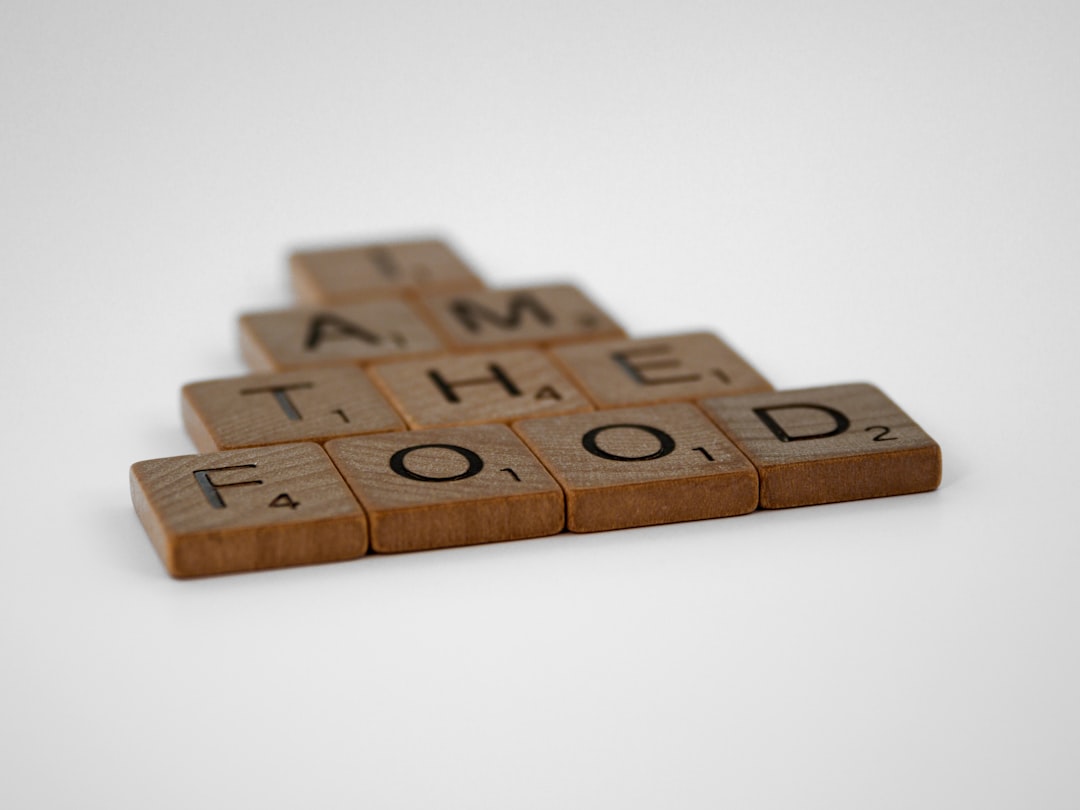

Engage prospects with a scan and streamline customer engagement with FREE QR code marketing tools by Sona – no strings attached!
Create a Free QR CodeFree consultation

No commitment

Engage prospects with a scan and streamline customer engagement with FREE QR code marketing tools by Sona – no strings attached!
Create a Free QR CodeFree consultation

No commitment
QR codes have become a strategic tool for linking offline engagement to online action in meal card programs. They offer a fast, simple, and highly effective method to accelerate ordering, improve customer tracking, and boost loyalty without requiring app downloads or complicated interfaces. Explore implementation ideas in Sona QR’s blog on QR codes in marketing.
Many restaurants and food service businesses still depend on printed menus, manual order forms, or outdated swipe cards, methods that not only slow transactions but also lose valuable engagement data. This lack of insight allows high-value prospects to go untracked, making retargeting and personalized follow-up more difficult. Operators are increasingly seeking to streamline workflows and capture robust, actionable data at every step, from menu browsing to rewards, informed by operator experiences.
By adopting QR code technology, meal card programs can deliver a seamless, data-driven dining journey. This integration speeds up ordering, reduces errors, and ensures every guest interaction is attributed, surfacing new insights to optimize future campaigns and revenue growth. Here is how QR codes can drive success for meal card programs.

QR codes bridge the gap between physical touchpoints and digital ordering. They make it simple to accelerate transactions, unify loyalty, and capture the data points that operators need to improve operations and marketing. Instead of pushing diners to download an app or wait in line to swipe a card, diners scan, act, and move on, with platforms like Sona QR supporting analytics and optimization.
Smart operators begin by identifying analog bottlenecks: paper menus that must be reprinted with every update, manual forms that produce input errors, and swipe-only cards that settle payments but reveal nothing about customer intent. Replacing these moments with QR-enabled flows compresses wait times, raises order accuracy, and converts formerly anonymous foot traffic into attributed, remarketable audiences.
When implemented well, QR codes close manual data gaps and focus your marketing on true prospects. The result is faster service, fewer errors, and a continuously improving loop of engagement, insight, and optimization.

Meal card programs are progressing quickly toward digital-first experiences, yet many programs still struggle with offline-to-online continuity. Paper vouchers, static flyers, and basic swipe cards are often disconnected from digital ordering and loyalty, leaving operators with minimal insight into who showed interest and why. QR codes solve that problem by linking the physical program assets diners already see every day with digital flows that convert intent into measurable action across campus dining halls, corporate cafeterias, and quick-service concepts.
Speed and simplicity matter. Diners should not need to download an app or create an account just to view a menu or check a balance. A QR code removes that friction. With one scan, a diner can access the day’s menu, place an order, apply the meal card, and opt into rewards. Because each scan is an attributable event, your team gains a clear activity trail: when and where scans happened, which CTAs worked, which offers converted, and what content should be updated.
Dynamic content flexibility is another advantage. Menus change frequently across campus dining halls, corporate cafeterias, and quick-service concepts. A dynamic QR code lets you update destinations instantly, so the same printed code can route diners to today’s specials at noon and to a survey after 2 p.m. This control allows operators to keep experiences fresh without reprinting, while the analytics reveal exactly which audiences are engaging with each update.
Meal card programs benefit from a short list of formats that are easy to deploy and consistently useful in dining environments. Each format should map to a specific action and a destination optimized for mobile.
Formats that support web-based ordering, sign-ups, and account management usually deliver the highest conversion in meal environments. They require minimal effort from diners, produce strong attribution, and integrate cleanly with loyalty and point-of-sale systems.

QR codes work best when placed where diners naturally pause or make decisions. Many operators focus on tabletops and counters but overlook high-traffic micro-moments that also convert. A thoughtful placement strategy increases scans, removes ordering bottlenecks, and reveals which segments are most active.
Consider the full dining journey: entering the venue, browsing the menu, ordering and paying, consuming the meal, and reflecting afterward. Each moment can hold a QR-enabled action that improves the experience or captures feedback. Unique codes at each step allow you to attribute interest, understand customer flows by time and place, and tailor offers to those behaviors.
Strategic placement powered by dynamic analytics uncovers new audience segments. Over time, location-specific patterns will inform staffing, product mix, and campaign timing to push more transactions through high-intent moments.

Integrating QR flows turns common pain points into opportunities for insight and growth. The most effective use cases remove friction from ordering and give operators a line of sight into behavior once hidden behind swipe terminals.
Each use case converts a historically offline moment into an attributable event. With the right platform, these scans can sync directly to your CRM, loyalty database, and analytics dashboards to fuel a continuous improvement cycle.
Every scan carries context: where it happened, what was promoted, and what the diner did next. By deploying multiple QR codes along the journey, you can build rich, high-value audiences that reflect real intent rather than assumptions. The result is smarter retargeting, more relevant offers, and better ROI across paid and owned channels.
In meal card programs, useful distinctions include on-premise versus off-premise scanners, first-time visitors versus regulars, and value seekers versus premium buyers. Use dynamic codes with UTM parameters and campaign tags to capture these differences automatically, then pipe the data into your CRM or marketing automation platform for lifecycle orchestration.
Segmentation built on real-world behavior performs better than broad demographics. Over time, your QR audiences will reveal cross-sell and upsell pathways such as bundling snacks with lunch or promoting a plan upgrade to heavy users.
QR codes are connective tissue across print, physical environments, and digital engagement. By making offline surfaces interactive, you can capture interest at the moment it occurs and continue the conversation through email, SMS, social, and paid ads. This unification reduces waste, speeds feedback loops, and ties spend to outcomes.
In meal card programs, the most common media include table tents, tray liners, entrance signage, receipts, direct mail to households, and digital signage across campuses and offices. Adding clear, benefit-driven CTAs next to high-contrast QR codes turns each asset into a measurable funnel entry point.
Connecting every QR to a unified analytics layer enables personalized journeys by stage and channel. Platforms like Sona QR centralize code management, monitor performance, and sync scan data with CRM and ad platforms to close the loop from print to purchase.
Successful QR deployments do not happen by accident. They require a plan that ties each code to a concrete business outcome, a placement strategy matched to diner behavior, and a feedback loop that turns performance into improvements. Start with a limited scope, prove impact, then scale.
Below is a practical checklist adapted for meal card programs. Use it as a template, then refine based on your venues, audiences, and tech stack.
Clarify the business problem you want to solve first. Is your line too long at lunch, are feedback rates too low, or are loyalty sign-ups lagging? Defining scope keeps the project focused and ensures you can measure success. For example, a campus dining hall might prioritize order-ahead for the noon rush, while a corporate cafeteria may focus on collecting feedback to optimize a rotating chef’s table.
Tie your use case to a single primary CTA and a simple landing experience. If you can articulate the value in one sentence to a first-time diner, you are ready to proceed.
Choose static or dynamic codes based on flexibility and measurement needs. Static codes are acceptable for simple, unchanging destinations, but they limit your ability to track and optimize. Dynamic codes are best for ongoing campaigns since they support analytics, retargeting, and post-print edits.
Map code type to the shelf life of the asset. For example, a long-lived table tent should use a dynamic code to accommodate rotating specials, while a one-day event flyer could use static if analytics are not required.
Design matters. A QR code surrounded by clutter or lacking a clear CTA will underperform. Keep contrast high, leave quiet space around the code, and include a compelling benefit statement. Add a short URL beneath the code for those who prefer not to scan.
Testing across devices and environments prevents surprises. Check performance at different distances and angles, in harsh overhead lighting, and on glossy surfaces. Verify that the landing page loads quickly on mobile and that forms are thumb-friendly.
Roll out to the highest-impact placements first to maximize early results. Start with table tents, entrance signage, meal cards, and receipts. Match message to moment: order-now CTAs at tables and counters, reload CTAs on the back of cards, feedback CTAs on packaging.
Stagger deployment to isolate effects and refine your approach. For instance, launch order-ahead at one location as a pilot before scaling to a second venue, so you can identify issues and carry forward lessons.
Measurement turns scans into strategy. Review analytics weekly to spot patterns such as which tables drive the most orders or which dayparts generate the most feedback. Monitor conversion drop-offs and iterate on landing pages, CTAs, and placements accordingly.
Integrate scan data with your POS, loyalty, and CRM to track progression from scan to sale. Use cohorts to see how behavior changes after you introduce new placements or offers, then invest more in what works.
Progress requires more than counting scans. You need to connect each scan to downstream behavior such as cart creation, order completion, reload value, and repeat visits. This scan-to-sale attribution shows which placements and messages deserve more budget and which should be retired. For a deeper strategic view, see Sona’s perspective on revenue attribution and offline-to-online measurement via offline attribution.
Combine scan analytics with operational data to diagnose and optimize. If lunchtime scans spike but order completion lags, test shorter menus, simpler modifiers, or payment options that apply meal card balances first. If feedback rates are high but ratings slip on certain days, adjust staffing or product mix during those windows.
With this foundation, every scan becomes a revenue optimization opportunity. Platforms like Sona QR and Sona.com extend the view beyond scans to multi-touch journeys, making it possible to understand the true contribution of QR engagement to pipeline and closed sales.
Even strong QR rollouts can stall without attention to education, automation, and continuous testing. Focus on making the value obvious, reducing steps after the scan, and learning from data every week. Small tweaks to copy, placement, and timing often yield meaningful gains.
Train staff to spotlight the benefit at the moment of decision. A quick prompt such as Scan here to skip the line or Scan to see gluten-free options drives adoption and helps guests feel supported. Pair that with post-scan automation so that every action leads seamlessly to the next best step.
Not all QR platforms are built for the operational complexity of meal card programs. The right provider should balance flexibility, analytics depth, and enterprise-grade security. Look for tools that support multi-location management, role-based access, and real-time edits across many codes.
Cost matters, yet so does the total value delivered at scale. A platform that reduces reprints, centralizes reporting, and triggers automated follow-ups will pay for itself. Ask vendors for examples of closed-loop attribution and CRM integrations in food service contexts.
Platforms like Sona QR offer centralized management, per-code analytics, and integrations that help meal card operators move from raw scans to attributed revenue.
As QR adoption grows, so do risks. Operators must protect diners from malicious redirects, prevent data leaks, and handle personal information responsibly. Security should be embedded in your QR program from the start, not added after a breach.
Privacy builds trust and long-term adoption. Be transparent about what data you collect and why. Offer choices such as anonymous feedback options and clear opt-ins for loyalty or marketing communications. Aligning with regulations protects your brand and respects your diners.
Partnering with a provider that treats security as a core feature will reduce risk and keep your QR program resilient as it scales.

Real-world examples reveal how QR codes translate into measurable results. The most successful programs align QR use cases with the moments that matter most: before a rush, during ordering, and after the meal. They couple strong CTAs with analytics and automation to complete the loop.
These results are attainable in a wide range of dining contexts, from higher education and corporate campuses to quick-service and healthcare facilities. The common thread is a commitment to replacing manual workflows with scannable, trackable actions that respect the diner’s time.
Together, these stories show how QR codes close attribution gaps, speed service, and strengthen loyalty. The key is to connect scan events to a system that acts on them quickly.
QR codes are now a comprehensive strategy for meal card programs, transforming every offline interaction into a digital touchpoint that delivers instant engagement and actionable insight. When a diner can scan to see today’s menu, order ahead, check balance, and share feedback, the experience feels modern and personal. For operators, every scan becomes a data signal that informs staffing, menu rotation, and marketing.
By prioritizing analytics, automation, and thoughtful security, you can convert friction points into engines of growth. Start with one high-impact use case such as order-ahead during peak times, then expand to loyalty, reloads, and feedback. With platforms like Sona QR for code management and Sona.com for attribution, you can generate and track your first codes quickly, prove impact, and scale with confidence. Start creating QR codes for free.
QR codes have revolutionized meal card programs by streamlining ordering processes and enhancing customer satisfaction. By replacing traditional, time-consuming methods with instant mobile interactions, QR codes enable faster order placement, reduce wait times, and provide meal providers with valuable insights to optimize service. Imagine guests effortlessly scanning a code to customize and submit their orders in seconds—freeing up staff and creating a seamless dining experience that keeps customers coming back.
With Sona QR, meal card programs become smarter and more efficient through dynamic, trackable QR codes that update instantly without reprinting. Every scan captures actionable data, allowing you to track ordering patterns, improve menu offerings, and increase customer retention. Start for free with Sona QR today and transform your meal card program into a high-speed, customer-centric operation where every scan drives satisfaction and revenue.
QR codes accelerate ordering, reduce errors, enable seamless menu browsing, apply meal card balances, redeem rewards, and capture actionable data without requiring app downloads.
QR code menus speed up transactions, increase order accuracy, convert anonymous foot traffic into attributable audiences, and allow dynamic updates without reprinting.
QR code loyalty programs trigger automatic check-ins or point accrual when scanned, revealing buying signals, purchase frequency, and enabling targeted offers like double points during slow periods.
Best practices include auditing outdated workflows, using dynamic QR codes with clear calls to action, placing codes strategically at high-traffic touchpoints, tracking success metrics, and integrating scan data with CRM and loyalty systems.
Restaurants should identify analog bottlenecks, digitize the journey with QR codes linked to menus and ordering flows, define success metrics, design clear CTAs, deploy codes in high-impact locations, and track and optimize performance.
Common QR code formats include web links for menus and ordering, forms for feedback and help requests, app download links, account management links for balance checks and reloads, and promo or event registration links.
Effective placements include meal cards, table tents, tray liners, entrance signage, receipts, meal packaging, and digital displays where diners naturally pause or make decisions.
QR codes capture context such as location, timing, and user actions to segment audiences by intent and journey stage, enabling smarter retargeting and personalized marketing through CRM and ad platform integrations.
Measures include end-to-end encryption, secure redirects, role-based access controls, clear consent and privacy policies, and regular security audits to protect personal data and prevent malicious activity.
Steps include choosing a clear use case, selecting the appropriate QR code type, designing and testing codes, deploying them strategically, and tracking and optimizing results based on data.
Use Sona QR's trackable codes to improve customer acquisition and engagement today.
Create Your FREE Trackable QR Code in SecondsJoin results-focused teams combining Sona Platform automation with advanced Google Ads strategies to scale lead generation

Connect your existing CRM

Free Account Enrichment

No setup fees
No commitment required

Free consultation

Get a custom Google Ads roadmap for your business






Launch campaigns that generate qualified leads in 30 days or less.
